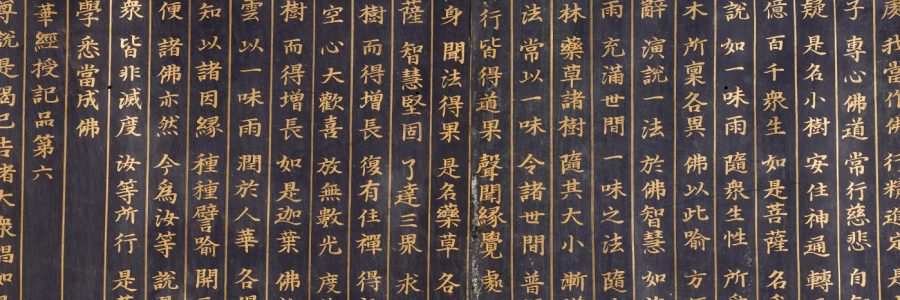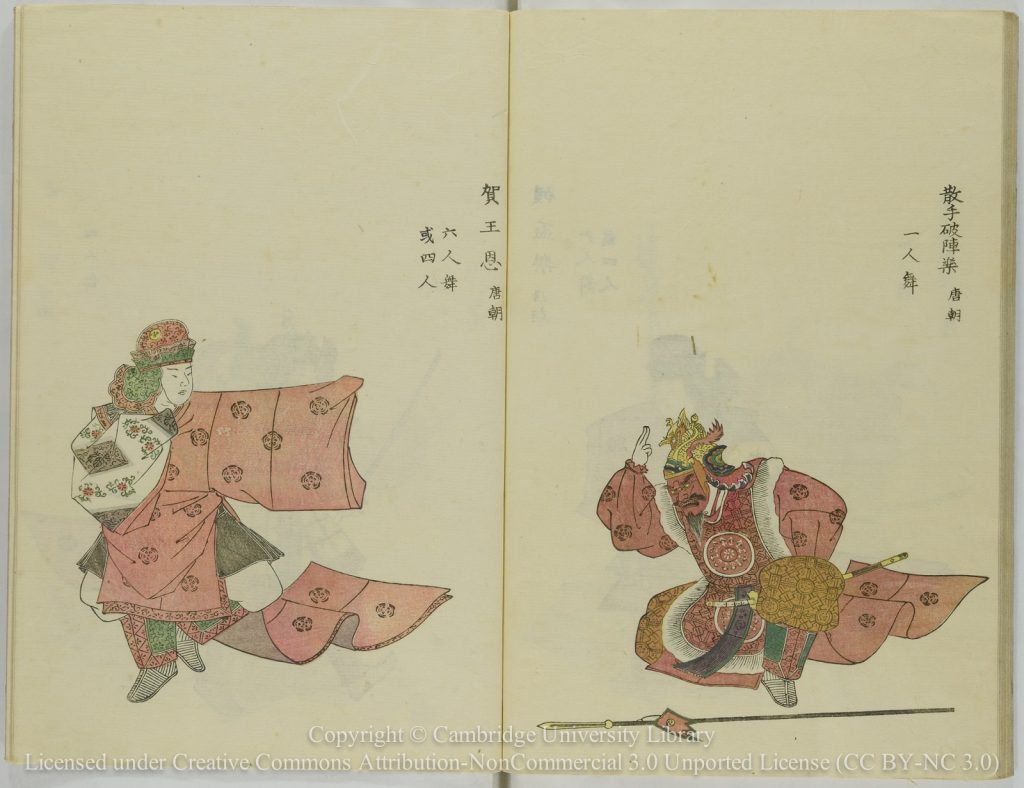
Sounds of the Samurai
The Library’s current exhibition, Samurai: History and Legend, is drawn from our world-class collections, home to one of the pre-eminent collections of Japanese material anywhere outside of Japan, including one of the first Japanese books ever to reach British shores. Among the priceless treasures going on display for the first time is a seven metre-long scroll of the Lotus Sutra, a key Buddhist scripture in East Asia. Those with wealth and power showed their reverence for the sutra by sponsoring copies on the most precious materials available. The free exhibition, which runs until 28 May, 2022, explores the historic roots of the samurai and the literary image of the samurai in manuscripts and woodblock-printed books from Japan. The objects provide a contrast to familiar imagery and modern perceptions of the samurai that, especially in the West, have led to widespread misunderstanding of their social and cultural role in Japan.

Samurai were not only warriors. Life as a samurai was complex and multi-faceted, not all predicated on warriorship, samurai swords and battles. Some exhibition texts reveal the place of music and performance in samurai life or show samurai playing the flute. With this in mind – and since there is no sound to hear in the exhibition – we thought it might be interesting to share some links to find out more about how these texts (and music associated with the samurai) might have sounded.
Lotus Sutra, chapter 6: see the manuscript in full online here, and hear the chant here.
Gagaku music, which was played for nobility and elite samurai in the time of Azuma kagami [Mirror of the East]: Azuma kagami can be found in full online here, and there is an introductory video here (turn on subtitles for English)
Bugaku dance ‘Sanshu’: an illustration of the costume (right) can be seen here, and a performance is available here.
Minamoto no Yoshitsune (1159-1189): Yoshitsune’s parting from the lady Shizuka Gozen, chant with lute; ‘Yoshitsune and the Thousand Cherry Trees’, kabuki play with subtitles
Heike monogatari [Tale of the Heike]: text can be found in the Digital Library, opening passage ‘Giōn shoja’. See online also for a traditional chant with lute, opening passage ‘Gion shōja’; translations of opening passage; the ‘Death of Atsumori’, chant with lute and puppets on wheels; and ‘Atsumori’, Noh play here.
